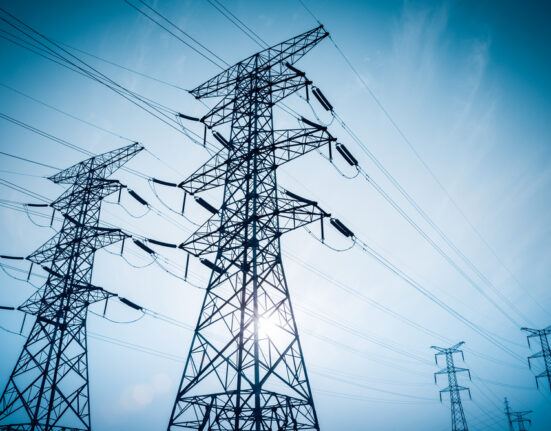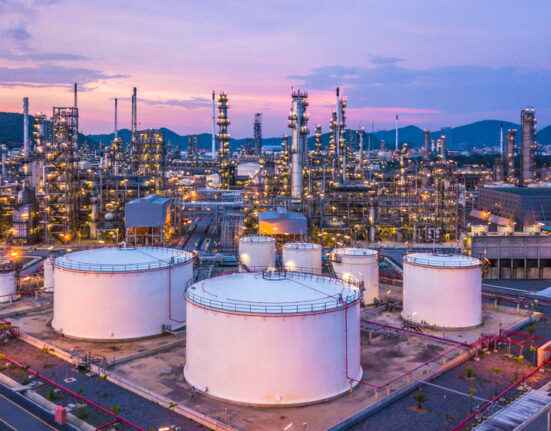Country Overview Series | Upstream Geology of Iraq
By Dr. Mohamed Basyouni Anwar
…….
Exploring Iraq’s Upstream Geology
Introduction:
Iraq is one of the world’s richest hydrocarbon provinces, located on the northern Arabian Platform. Its framework hosts multiple petroleum systems across diverse basins — from the folded Kurdistan region in the north to the giant oil fields of the southern plains.
Major Geological Basins & Foldbelts
Southeast Turkey Foldbelt
– A peripheral foreland basin extending into Northern Kurdistan.
– Formed by Eurasian–Arabian convergence, folding Cretaceous and older sediments southward.
– Contains ~20% of Kurdistan’s hydrocarbons in faulted anticlines.
Zagros Foldbelt
– Covers Southern Kurdistan and eastern Iraq, along the Tigris.
– A Neogene–Quaternary foreland basin from Arabian–Iranian collision.
– Holds ~80% of Kurdistan’s reserves, including Taq Taq, Miran, Khabbaz, Jambur.
Widyan Basin
– Spans central and southern Iraq, home to Rumaila, West Qurna, Zubair, Majnoon.
– A foreland-type basin with compression-related traps and broad carbonate platforms.
– The Western Desert remains underexplored and non-producing.
Key Petroleum Formations & Reservoir Systems
Cretaceous
– Mishrif: Carbonate (20–25% φ; 10–1000 mD), heavy–sour oil (23–30° API) in Rumaila–Majnoon–West Qurna–Zubair.
– Yamama: Shallow-water limestone, ~20% φ, up to 600 mD.
– Shiranish–Kometan–Qamchuqa: Fractured carbonates in Zagros, producing from Barda Rash–Miran–Taq Taq–Khabbaz.
Jurassic
– Mus, Sargelu, Adaiyah, Alan, Naokeleken: Dolomitized carbonates acting as source and reservoir.
– Oils (15°–30° API) in Mirawa and Ain al Safra show variable maturity.
Triassic
– Kurra Chine: Main unit producing light oil (30–42° API), condensate, and sour gas.
– Still underexplored, offering frontier potential.
Tertiary
– Eocene–Oligocene: Light oil (>35° API) from Kirkuk Group and Euphrates Formation (Taza, Kurdamir, Khurmala, Kirkuk).
– Miocene: Jeribe carbonates & Upper Fars sandstones yield 30–45° API oils with low sulfur.
Sandstones
– Zubair (Lower Cretaceous): Thick, well-sorted (20–30% φ; 50–600 mD), producing ~34° API oil in Rumaila–West Qurna–Majnoon.
– Nahr Umr: Fine-grained, oil-producing in Luhais, Halfaya, Majnoon, Nahr Umr.
Petroleum Potential Highlights
– Plays range from Palaeozoic–Tertiary, with structural, stratigraphic & combo traps.
– Key source rocks: Jurassic Sargelu, Cretaceous Najmah, Tertiary Ghar.
– Hydrocarbons vary from heavy sour oils (south) to light sweet crudes & condensates (north).
– Western Desert and deep Jurassic–Triassic horizons remain frontier targets.
Summary Insight
Iraq’s upstream geology forms a mature yet diverse petroleum province at the core of the Arabian Plate. With 100+ years of exploration, it keeps yielding giant discoveries, notably in Kurdistan and the south. While Cretaceous reservoirs dominate output, deeper Jurassic–Triassic plays promise the next exploration wave.










